For the purpose of improving communication abilities and treating speech impairments, effective speech therapy exercises are vital tools. This comprehensive guide not only provides an overview of the top 10 speech therapy exercises, but it also includes specific insights on how to conduct each exercise in order to achieve the best possible results.
In This Article
ToggleArticulation Exercises
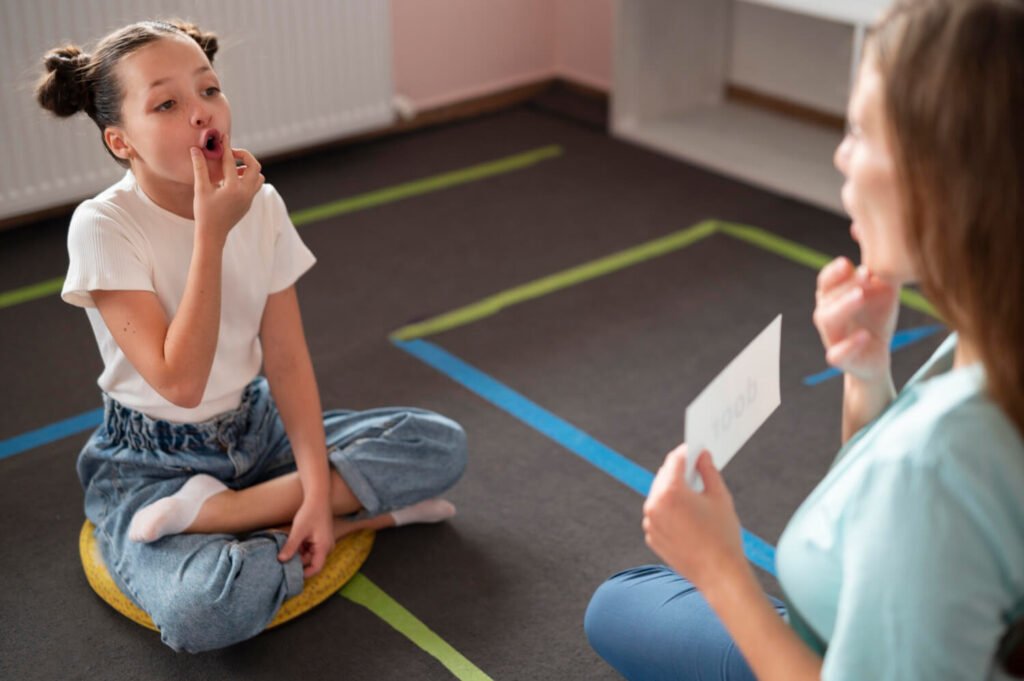
In order to improve the clarity and precision of spoken sounds, articulation exercises in speech therapy are helpful.
How to do it: Practicing particular sounds in isolation, as well as syllables, words, and sentences, is the way to go about doing it. Make use of mirrors to visually reinforce the precise location of the tongue and lip, and engage in tongue twisters to challenge your ability to articulate accurately.
Phonological Awareness Activities in speech therapy Exercises

Participating in Phonological activities enables individuals to become more familiar with and proficient in the manipulation of language sounds.
How to do it: Phonological awareness can be accomplished by engaging in activities that include mixing and segmenting sounds, playing rhyming games to improve sound awareness, and using flashcards to improve sound recognition.
Breathing and Resonance Exercises

These exercises are helps to enhance respiratory control and resonance, which will ultimately result in smoother speaking.
How to do it: In order to improve resonance, it is recommended to engage in humming exercises, practice diaphragmatic breathing exercises, and make use of visual aids such as balloons to teach breath stability.
Fluency Formation Techniques

Fluency issues can benefit from techniques that improve the flow and rhythm of their speech.
How to do it: The best way to achieve smoother speech is to practice speaking slowly and deliberately, to make use of equipment that provide delayed auditory input, and to apply approaches that have a simple beginning.
Voice Therapy Exercises

These are the speech therapy exercises that focus on improving vocal quality, pitch, and volume through exercise.
How to do it: Participate in pitch glides to enhance your pitch range, work on your ability to manage the loudness, and utilize resonant vocal exercises to achieve a more distinct tone.
Language Development Games

The purpose of these interactive games in speech therapy exercises is to improve language skills in general, as well as vocabulary and syntax.
How to do it: Playing word association games, participating in storytelling sessions, and using board games with language-based challenges are all great ways to accomplish this strategy.
Oral-Motor Exercises
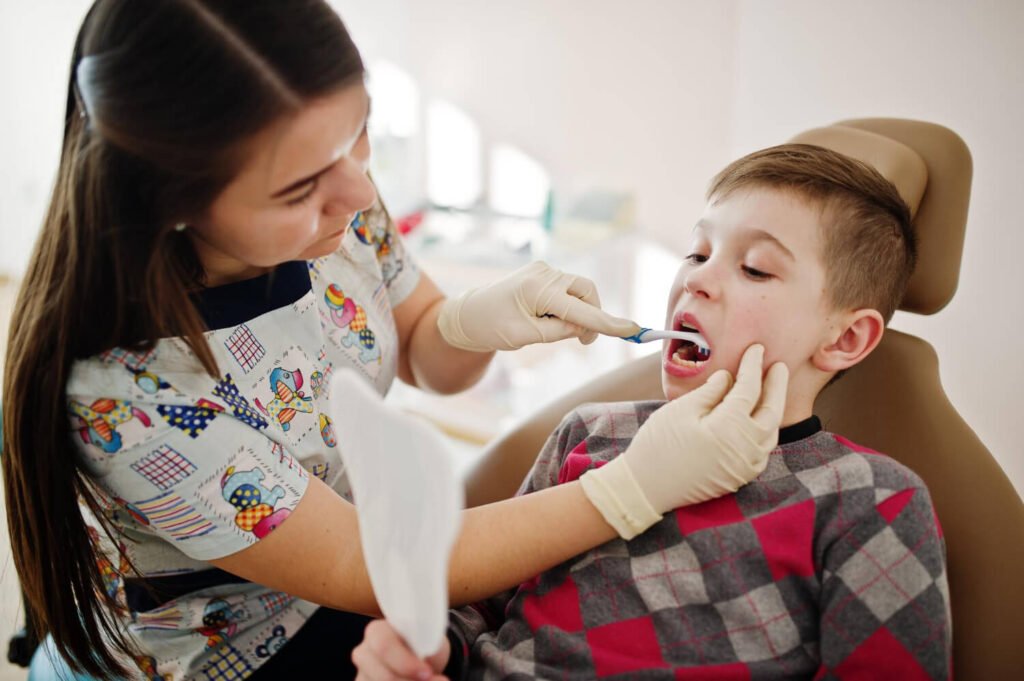
Oral Motor activities in speech therapy exercise concentrate on the muscles that are responsible for swallowing and speaking.
How to do it: The best way to accomplish this is to engage in chewing exercises to develop jaw muscles, practice tongue twisters to increase the flexibility of your tongue muscles, and use straws to train your lips and cheeks.
Cognitive-Communication Strategies in speech therapy Exercises

Various speech therapy exercise that are focused and can be utilized to improve cognitive-communication abilities, such as memory and the ability to solve problems.
How to do it: Memory games and exercises, problem-solving activities, and the utilization of visual aids to promote comprehension are all effective ways to accomplish this task.
Narrative Therapy

The purpose of these exercises is to improve sequencing, comprehension, and expressiveness through the application of storytelling.
How to do it: Encourage the creation and sharing of personal tales, make use of photo prompts for storytelling, and practice recounting and summarizing stories. These are the steps to successfully accomplish this.
Social Communication Activities

These are those speech therapy exercise that are centered on enhancing the ability to use pragmatic language in relevant social settings.
How to do it: Practice taking turns in talks, engage in role-playing situations for social interactions, and use video modeling to learn proper non-verbal signs. These are the steps to take in order to do this.
These exercises become strong tools for persons who are eager to overcome speech problems since they provide both theoretical comprehension and practical application. To encourage communication that is both successful and confident, these activities can be utilized with confidence by speech therapists, caregivers, and persons themselves.
Key Takeaways
- Exercises for Articulation: Improve clarity by practicing certain sounds and using visual cues.
- Play games and make flashcards to practice sound manipulation and recognition as part of phonological awareness activities.
- Diaphragmatic breathing and humming are two breathing exercises that might help you become more in tune with your breath and clear your mind.
- Slowing down one’s speaking rate and using delayed feedback are two fluency shaping strategies that can improve one’s rhythm and flow of speech.
- Exercises for Voice Therapy: Practice techniques like pitch glides to improve your voice’s volume, quality, and overall sound.
- Games for Language Development: Play word games and listen to stories to expand your vocabulary and improve your language abilities.
- Exercises for the Oral Motor System: Practice your oral motor skills with activities such as chewing, tongue twisters, and straw exercises.
- Cognitive-Communication Strategies: Use visual aids and games to improve memory and problem-solving abilities.
- Enhance sequencing and expression with the use of personal narratives and summarizing in narrative therapy.
- Participate in social communication activities like role-playing and turn-taking to hone your pragmatic language abilities.
Pic Credit for this article: Freepik
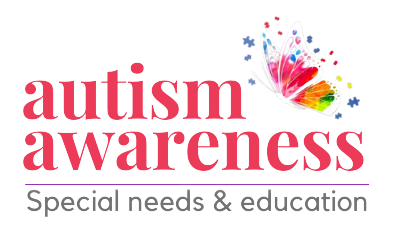
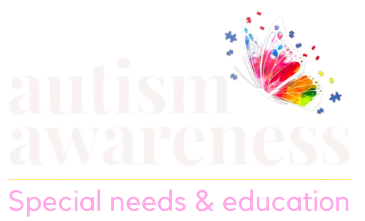





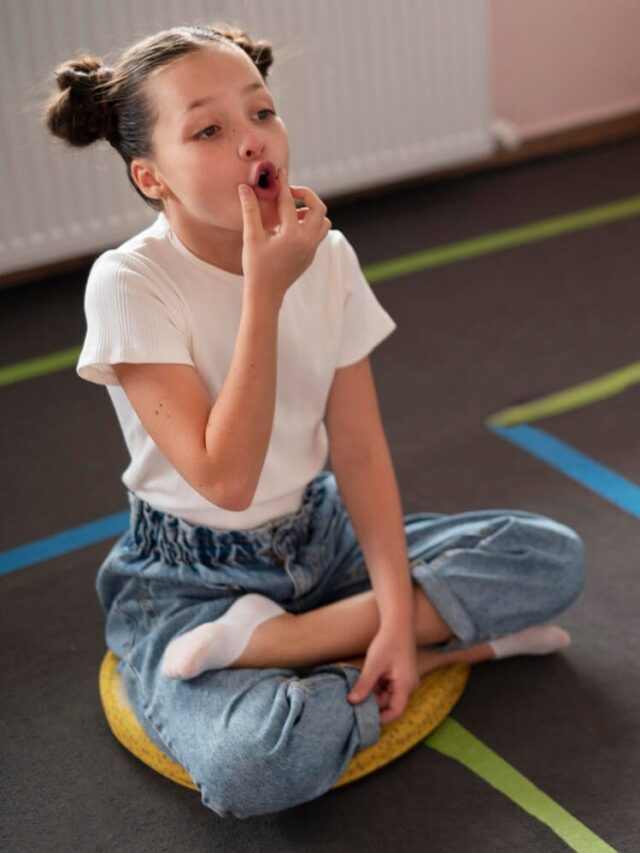


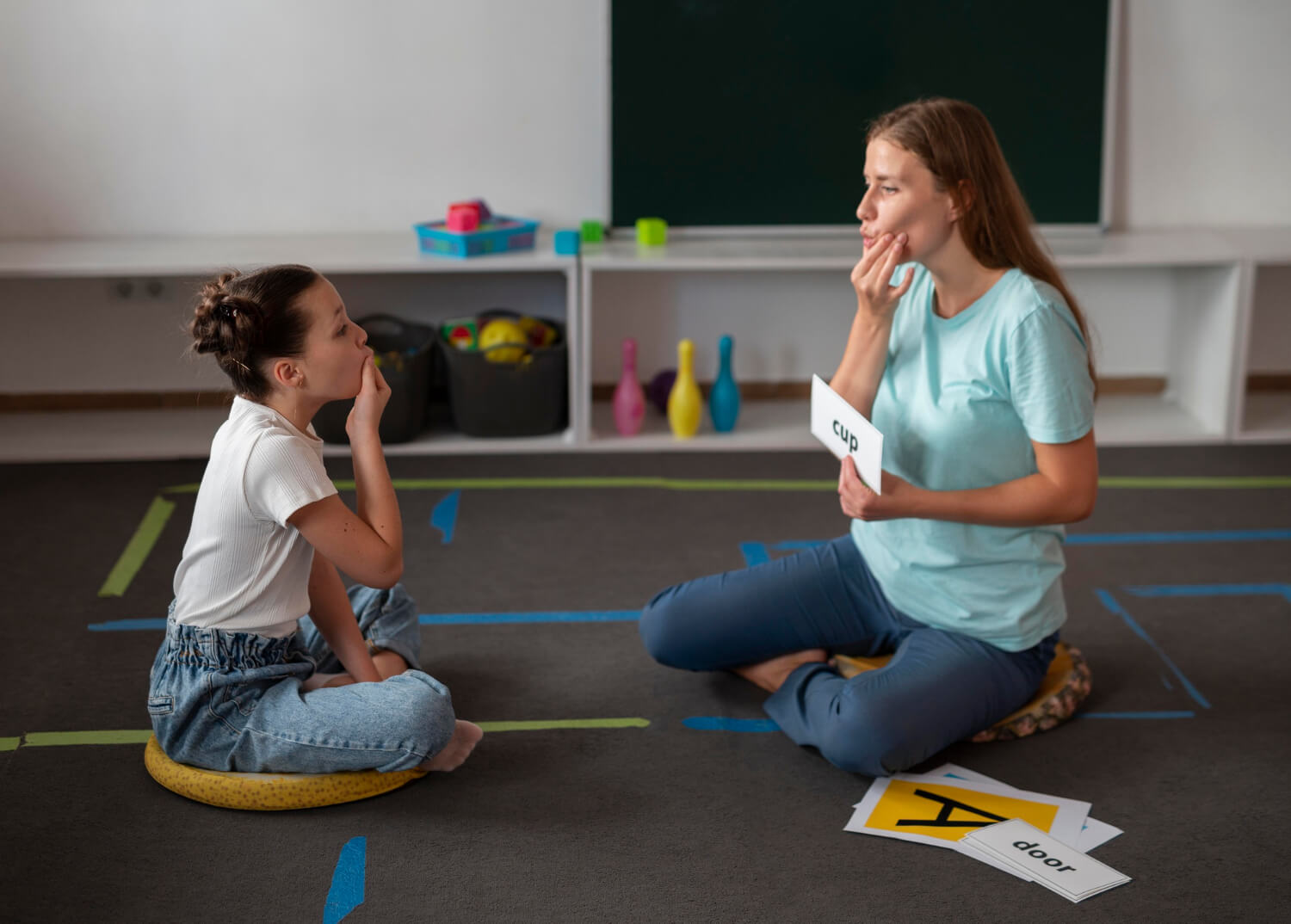





Leave feedback about this